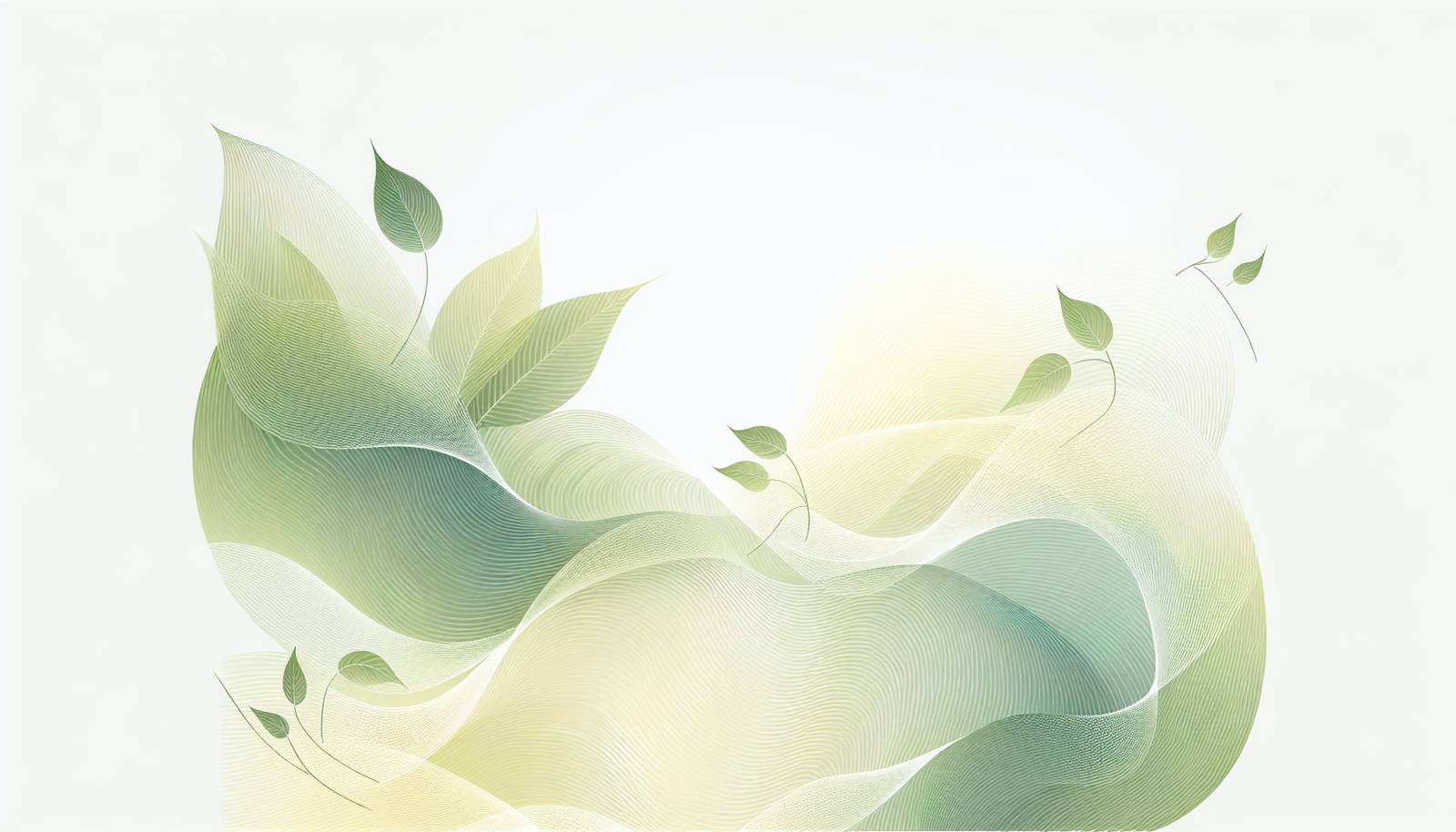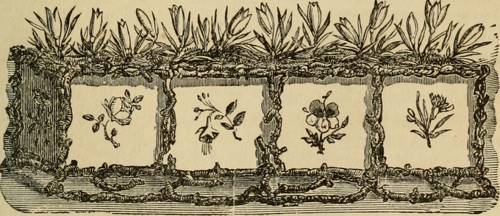
FAQ About Indoor Plant Light Absorption Optimization

How do indoor plants absorb light?
Indoor plants absorb light primarily through their leaves using chlorophyll, the green pigment located in chloroplasts. Chlorophyll captures light energy, which is then used in photosynthesis to convert carbon dioxide and water into glucose and oxygen. The efficiency of this process is influenced by the amount and quality of light available, which can be limited indoors due to factors like window exposure and the presence of artificial lighting.

What types of light are most effective for indoor plant growth?
Indoor plants primarily require blue and red wavelengths of light for optimal growth. Blue light is crucial for the growth of stems and leaves, while red light is important for flowering and fruiting. Full-spectrum grow lights that mimic natural sunlight can provide these wavelengths, supporting robust photosynthesis and plant health.

How does the placement of a plant affect its light absorption?
Placement is critical for light absorption as it determines the amount and quality of light a plant receives. Placing plants directly in front of south-facing windows can maximize exposure to sunlight, while plants placed far from windows or in north-facing rooms may receive limited light, necessitating the use of supplemental grow lights. Rotating plants can ensure even light distribution on all sides.

What role does leaf orientation play in light absorption?
Leaf orientation significantly affects a plant's ability to absorb light. Leaves that face the light source can capture more light energy, increasing photosynthesis rates. In some species, leaves naturally orient themselves towards light, a phenomenon known as phototropism. For others, manual adjustment might be needed to position leaves optimally.

Can artificial lighting improve indoor plant light absorption?
Yes, artificial lighting can vastly improve light absorption for indoor plants. LED grow lights, in particular, are popular because they offer energy efficiency, customizable light spectra, and can be adjusted to simulate day and night cycles. Using artificial lighting is especially beneficial in areas lacking sufficient natural light.

What are the signs that an indoor plant is not getting enough light?
Common signs that an indoor plant is not receiving enough light include slow growth, leggy or elongated stems, yellowing leaves, and reduced flowering. Leaves may also become smaller and the plant might start shedding its lower leaves as it tries to conserve energy.

How can I measure the light intensity for my indoor plants?
Light intensity can be measured using devices like light meters, which provide readings in foot-candles or lux. These tools help determine whether plants are receiving adequate light levels depending on their specific needs. Alternatively, smartphone apps are available that estimate light intensity based on camera readings, though they may be less accurate.

What is the best way to rotate indoor plants for optimal light exposure?
To ensure even light distribution, rotate indoor plants approximately a quarter turn weekly. This helps all sides of the plant receive light, promoting balanced growth and avoiding excessive leaning toward a light source. Consistent rotation can prevent uneven growth and leaf drop.

How much light do different indoor plants need?
Light requirements vary among indoor plants. Low-light plants like pothos and snake plants can thrive even with minimal sunlight, while high-light plants like succulents and cacti need bright, direct light to flourish. Understanding the specific light needs of each plant type is essential for their care.

Can mirrors enhance the light available for indoor plants?
Mirrors can be used strategically to reflect light towards indoor plants, potentially enhancing the overall light exposure. By placing mirrors around a room, especially in areas with limited natural light, you can increase the intensity and reach of existing light sources, benefiting plant health.

How do seasonal changes affect light availability for indoor plants?
Seasonal changes impact daylight length and intensity, affecting light availability for indoor plants. During winter, days are shorter and sunlight weaker, which may necessitate using grow lights to compensate. In summer, increased daylight and intensity usually benefit plants, though adjustments may be needed to prevent overheating or excessive light exposure.

What are the energy considerations for using grow lights?
Energy consumption is an important consideration when using grow lights. LED grow lights are energy-efficient, consuming significantly less power than traditional incandescent or fluorescent lights. Assessing energy costs and selecting appropriate wattage are important for optimizing both plant growth and electricity usage.

Do different plant species require different types of light?
Yes, different plant species have varying light requirements. This depends on their natural habitats and adaptations. While some plants thrive in bright, direct light, others are adapted to low-light environments, such as understory plants in rainforests. Matching the light setup with the plant species' needs is crucial for healthy growth.

Can excessive light harm indoor plants?
Excessive light can harm indoor plants, causing leaf burn, which appears as brown, crispy edges or spots on the leaves. Overexposure to direct sunlight can also lead to dehydration and excessive transpiration. It's important to balance light exposure to match each plant's needs to avoid these issues.

How does humidity interact with light absorption in indoor plants?
Humidity levels can indirectly affect light absorption by influencing plant health. High humidity facilitates stomatal opening, improving gas exchange and photosynthesis, whereas low humidity might limit these processes despite adequate light. Maintaining appropriate humidity levels can support efficient light absorption and overall plant health.

What indoor plant varieties are most adaptable to low light conditions?
Several indoor plants adapt well to low-light conditions, making them ideal for less sunny parts of the home. These include snake plants, pothos, zz plants, and philodendrons. Such species evolved to thrive in shaded areas, ensuring survival with less intense light exposure.

Can light orientation strategies differ between young and mature indoor plants?
Yes, light orientation strategies may differ between young and mature plants. Younger plants might need more light to support rapid growth and development, requiring more focused light placement. Mature plants might be more resilient and adaptable to weaker or indirect light conditions, reflecting their slower growth rate.

How does dust accumulation on leaves affect light absorption?
Dust accumulation on leaves can significantly reduce a plant's ability to absorb light by blocking sunlight from reaching the leaf surface. Regularly cleaning leaves with a damp cloth or sponge helps maintain light absorption efficiency, ensuring optimal photosynthesis and plant health.

Do indoor plants need darkness for certain periods to optimize growth?
Indoor plants do require periods of darkness. Just like natural environments, a cycle of light and dark supports healthy growth processes. During darkness, plants respire, converting stored sugars into energy. Ensuring indoor plants receive a balanced light cycle similar to their natural habitat is beneficial for their health.

What is the difference between direct and indirect light for indoor plants?
Direct light refers to sunlight that hits the plant directly, as in the light coming through a south-facing window. Indirect light occurs when the light is diffused, either by curtains or bouncing off walls, suitable for plants that require softer light. Understanding the light preference of your indoor plants and their placement is key to ensuring optimal growth.
